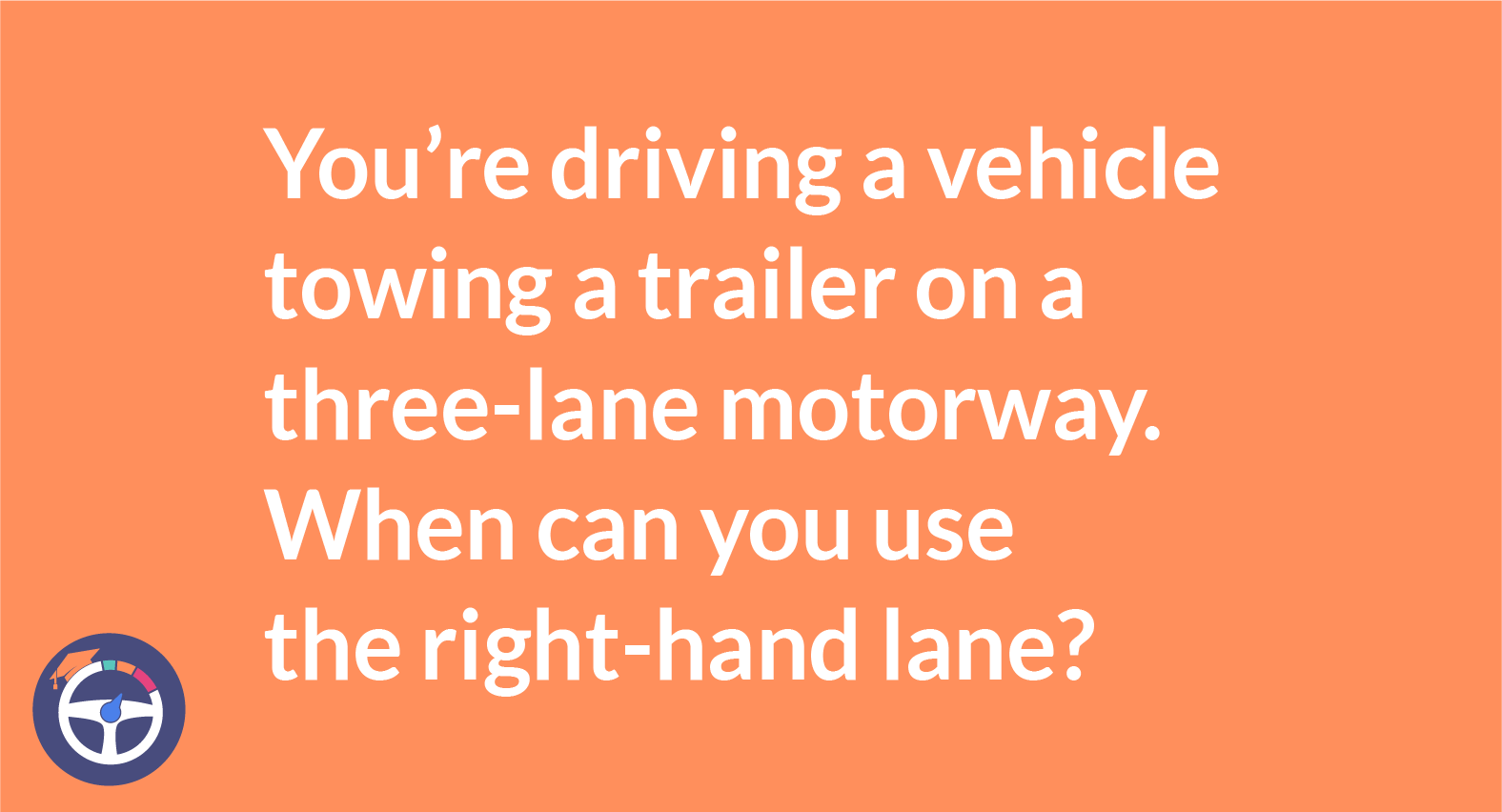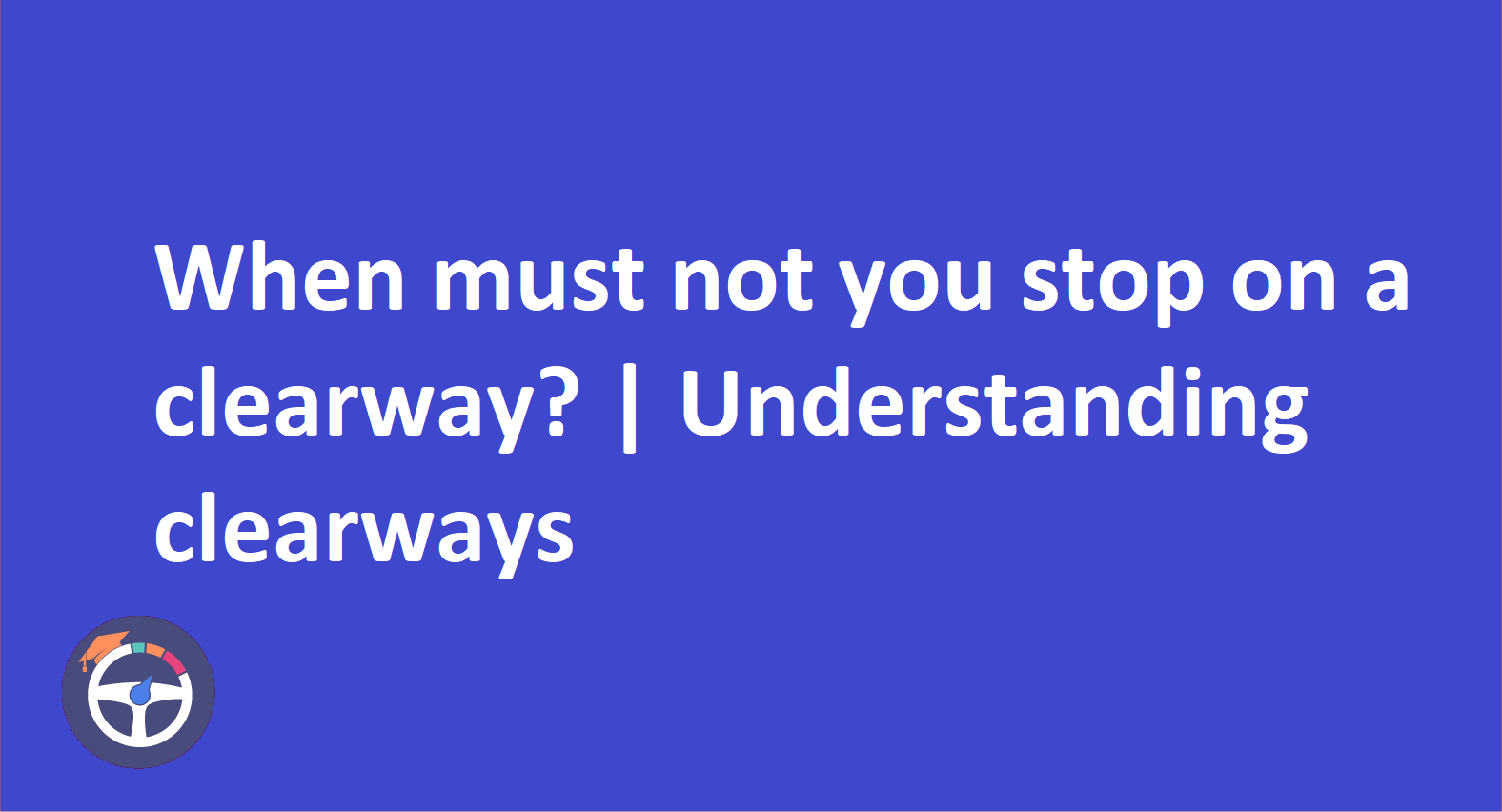What restrictions apply when towing a trailer on a three lane motorway speed limit?
When towing a caravan or trailer, you are not permitted to use the right-hand lane on a motorway with three or more lanes, unless specific situations arise, such as lane closures.

Contents
- What restrictions apply when towing a trailer on a three-lane motorway speed limit?
- Importance of Lane Restrictions:
- Reasoning Behind the Restriction:
- Tips for Towing on Three-Lane Motorways:
- That’s A Wrap!
- FAQ
- Can I tow a trailer on a three-lane motorway if I stay within the speed limit?
- Are there specific regulations for towing different types of trailers on multi-lane roads?
- Do the lane restrictions apply at all times, or are there exceptions for certain situations?
- Is there a minimum or maximum speed limit when towing a trailer on a three-lane motorway?
- Do lane restrictions apply to all types of vehicles towing trailers, or are there specific exemptions?
When towing a trailer on a three-lane motorway in the UK, there's a crucial restriction to remember: you mustn't use the right-hand lane. Understanding this rule is fundamental for safe and legal towing on multi-lane roads.
Importance of Lane Restrictions:
On a three-lane motorway, the right-hand lane is typically reserved for overtaking slower-moving vehicles. However, when towing a trailer, this lane becomes off-limits. This restriction is in place to ensure the safety and smooth flow of traffic. It considers the different dynamics involved in towing.
Reasoning Behind the Restriction:
Towing a trailer affects acceleration and overall maneuverability. Using the right-hand lane could impede faster-moving traffic, causing congestion and compromising safety. Staying in the left and middle lanes allows for safer overtaking, minimizing the risk of traffic disruptions.
Legal Implications:
Failure to adhere to the lane restriction when towing on a three-lane motorway can lead to legal consequences. Understanding and following traffic regulations is essential for a safe and compliant towing experience.
Tips for Towing on Three-Lane Motorways:
Stay in the Left and Middle Lanes: When towing, stick to the left and middle lanes. This ensures a smoother traffic flow and minimizes the chances of impeding faster-moving vehicles.
Plan Overtaking Maneuvers Carefully: If you need to overtake slower vehicles, plan your maneuvers carefully. Use the left and middle lanes for overtaking and return to the left lane promptly.
Be Mindful of Your Speed: Adhere to the speed limits and drive at a pace that is safe and comfortable for towing. Avoid sudden lane changes or erratic maneuvers.
Use Hazard Lights When Necessary: If your towing setup requires extra caution or attention, consider using hazard lights to alert other drivers to your presence and potential limitations in maneuverability.
That’s A Wrap!
Understanding what restrictions apply if you're towing a trailer on a three-lane motorway is critical for safe and responsible towing! Adhering to these regulations ensures your safety and contributes to traffic flow. Before hitting the road, familiarize yourself with towing regulations, stay in the appropriate lanes, and enjoy a smooth and secure towing experience.
FAQS
1. Can I tow a trailer on a three-lane motorway if I stay within the speed limit?
Staying within the speed limit is crucial, but it's equally important to adhere to lane restrictions. Towing on a three-lane motorway requires staying in the left and middle lanes.
2. Are there specific regulations for towing different types of trailers on multi-lane roads?
Different types of trailers may have specific regulations. It's essential to understand these rules for safe and legal towing on multi-lane roads.
3. Do the lane restrictions apply at all times, or are there exceptions for certain situations?
Lane restrictions for towing on three-lane motorways are typically applicable at all times. Understanding any exceptions or specific situations is vital for compliance.
4. Is there a minimum or maximum speed limit when towing a trailer on a three-lane motorway?
While adhering to the speed limit is crucial, knowing if there's a minimum or maximum speed limit for towing on multi-lane roads is important for safe and legal towing.
5. Do lane restrictions apply to all types of vehicles towing trailers, or are there specific exemptions?
Understanding if there are exemptions to lane restrictions for certain types of vehicles towing trailers is essential for clarity on the rules and regulations.


